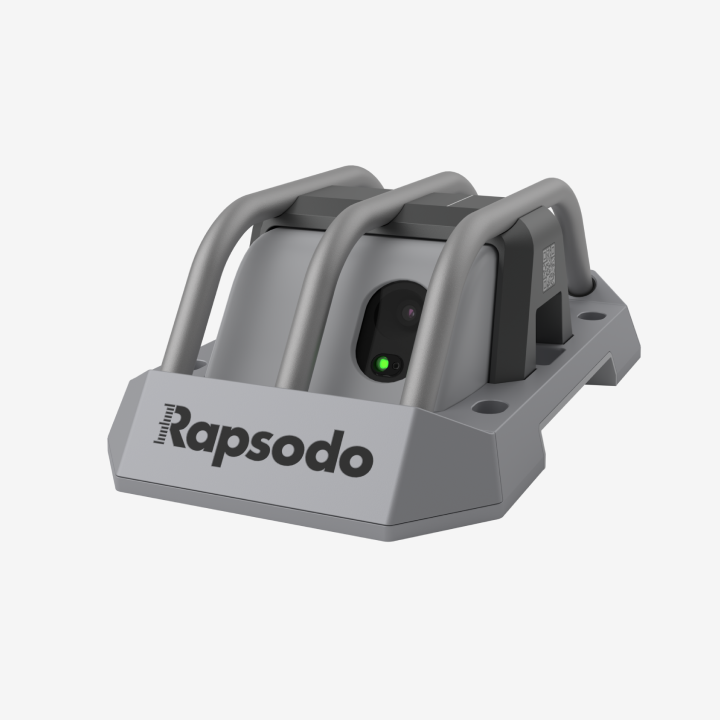Tying all the information provided in this series together, we finally arrive at the break measurements that give each individual pitch their unique movement profile.
Understanding Rapsodo Pitching Data Series:
Understanding Rapsodo Pitching Data: Velocity & Release Profile
Understanding Rapsodo Pitching Data: Spin Profile
Understanding Rapsodo Pitching Data: Spin Rate & Efficiency Profile Intro
Understanding Rapsodo Pitching Data: Spin Rate & Efficiency Profile (Fastball)
Understanding Rapsodo Pitching Data: Spin Rate & Efficiency Profile (Curveball, Slider, Changeup)
These measurements, displayed in inches, reflect spin-induced movement; thus, they do not take the force of gravity into account. Vertical break comes from backspin and topspin, while horizontal break is created via sidespin; negative and positive horizontal break indicates if a pitch is breaking to the left or right, respectively. Pitches with extreme amounts of gyroscopic spin will fall near the exact middle of the chart since this type of spin does not affect movement.
It is important to note that these break measurements are not always an exact representation of how we view ball flight in real time. Instead, we are taking the induced movement difference between the actual pitch thrown and a hypothetical pitch thrown with the same release profile and velocity but without spin.
This is illustrated in the app in the strike zone plot via the dashed line and solid line. The dashed line represents the hypothetical no-spin pitch, while the solid line represents the actual pitch that was thrown. The markers shown in the side and top view indicate the first and second full inch of deviation between the real pitch and no-spin pitch; the side view is tracking vertical deviation, and the top view is tracking horizontal deviation.
MLB hitters generally can discern pitch type after 12’ of ball flight and start their swing when the ball is roughly 25-30’ in front of the plate, so creating break deviations within this range and closer give the pitcher a significant advantage.
Over the next few weeks we will discuss the break profile of each pitch type: Fastball, Curveballs, Sliders, and Changeups.



Understanding Rapsodo Pitching Data: Break Profile:
Understanding Rapsodo Pitching Data: Break Profile (Fastball)
Understanding Rapsodo Pitching Data: Break Profile (Curveball)
Understanding Rapsodo Pitching Data: Break Profile (Changeup)














